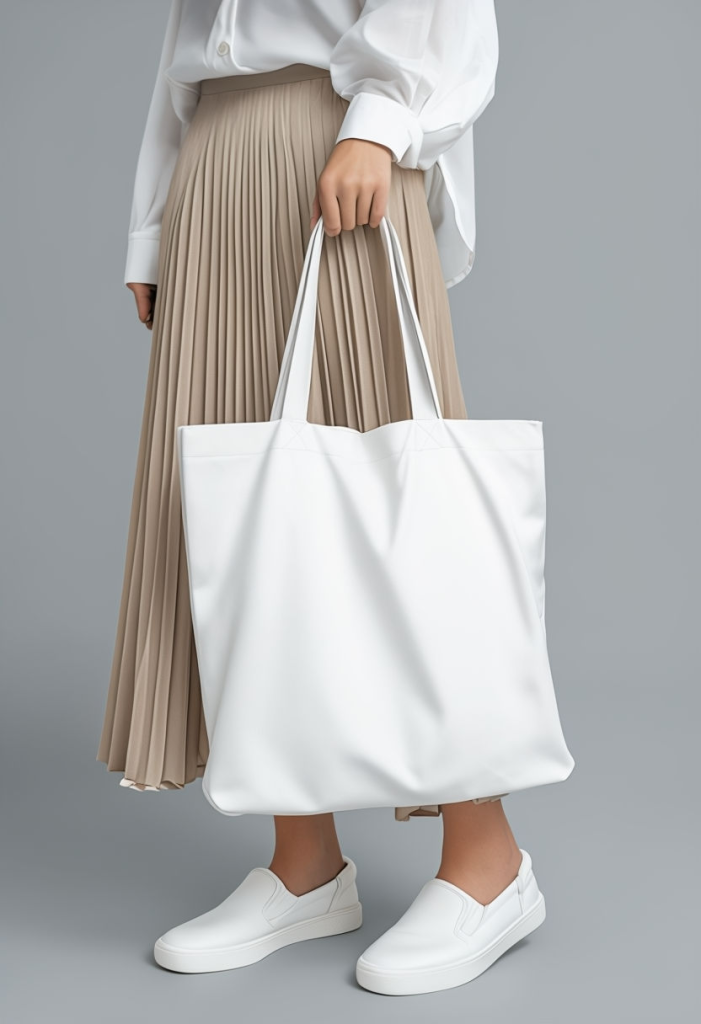The color white has long been a cornerstone of fashion, symbolizing everything from purity and simplicity to power and rebellion. Its versatility and rich history make it a compelling choice for both designers and wearers, but white also comes with its own set of challenges. This article delves into the history of white in fashion, its enduring appeal, and the reasons it can be either the best or the most impractical choice for any occasion.
The History of White in Fashion
- Ancient Beginnings
In ancient Egypt and Greece, white was associated with divinity and cleanliness. Linen, the fabric of choice in these hot climates, was often bleached white to reflect sunlight and symbolize purity. Greek togas and Egyptian tunics reflected a cultural preference for simplicity and order. - Medieval and Renaissance Eras
During the Middle Ages, white became a symbol of piety and virtue. Monks wore white robes to signify their spiritual devotion. By the Renaissance, white took on a more luxurious character, with intricate lace, ruffs, and gowns adorning royalty and the upper class. Queen Elizabeth I’s portraits often depicted her in opulent white gowns, emphasizing her purity and power. - The Bridal Tradition
White became the color of choice for weddings after Queen Victoria famously wore a white gown for her marriage to Prince Albert in 1840. This trend cemented white as a symbol of new beginnings and purity, a tradition that continues to this day. - Modern Minimalism and Rebellion
In the 20th century, white was embraced by designers like Coco Chanel, who popularized the classic white blouse and little white dress. In contrast, the countercultural movements of the 1960s and 1970s saw white as a blank canvas for artistic expression, from tie-dye to avant-garde designs. Today, white is synonymous with modern minimalism, as seen in the collections of brands like Calvin Klein and Jil Sander.
Why White Is Sometimes the Best Choice
- Versatility
White pairs effortlessly with every color and style, serving as a neutral base or a statement shade. It’s a blank slate that complements bold accessories or stands out as a striking monochrome look. - Symbolism
White often conveys a sense of freshness, cleanliness, and sophistication. It’s the go-to choice for uniforms in healthcare, luxury resort wear, and bridal fashion because it signifies purity and precision. - Weather-Appropriate
In summer, white reflects heat, keeping the wearer cool. Its light, airy appearance is perfect for breezy linen dresses, crisp shirts, and relaxed pants. - Timeless Appeal
A classic white outfit, whether a tailored suit or a flowing gown, exudes elegance and never goes out of style.

Why White Can Be a Challenge
- Practicality Issues
White is notoriously difficult to keep clean, showing every stain and smudge. This makes it impractical for everyday wear, particularly in urban or outdoor settings. - Sheerness
Many white fabrics can appear see-through under certain lighting, requiring careful layering or undergarment choices. - Limited Seasonal Appeal
While white is perfect for summer, it’s less popular in winter, where darker tones dominate. In some cultures, wearing white in colder months may even be considered unconventional. - Cultural Connotations
White has different meanings across cultures. In Western traditions, it often symbolizes purity, while in many Asian countries, it is associated with mourning and funerals. These associations can affect how white is perceived in various contexts.
The Role of White in Contemporary Fashion
- Minimalism and Modernity
Designers often use white to create minimalist, futuristic designs. White outfits can project an image of innovation and forward-thinking, making them a popular choice for tech and design-oriented brands. - Sustainability Movements
White is increasingly associated with sustainability, as natural fibers like organic cotton and undyed materials often come in shades of white or off-white. - Statement Pieces
Monochromatic white outfits have become a fashion-forward statement, with celebrities and influencers embracing head-to-toe white for red carpets and street style.

White is a paradoxical color in fashion: both versatile and challenging, timeless yet modern, practical and impractical. Its long history and cultural significance have made it a staple in wardrobes across centuries and continents. Whether it’s a crisp white shirt, an ethereal bridal gown, or a bold monochrome look, white remains a powerful choice that speaks to elegance, purity, and individuality. However, its wearability depends on the context, setting, and care—making it both a dream and a dilemma for fashion enthusiasts.


